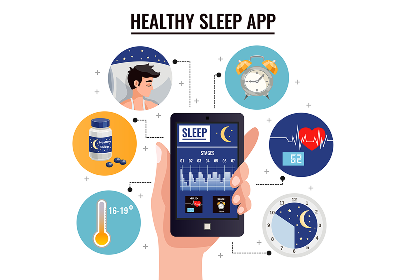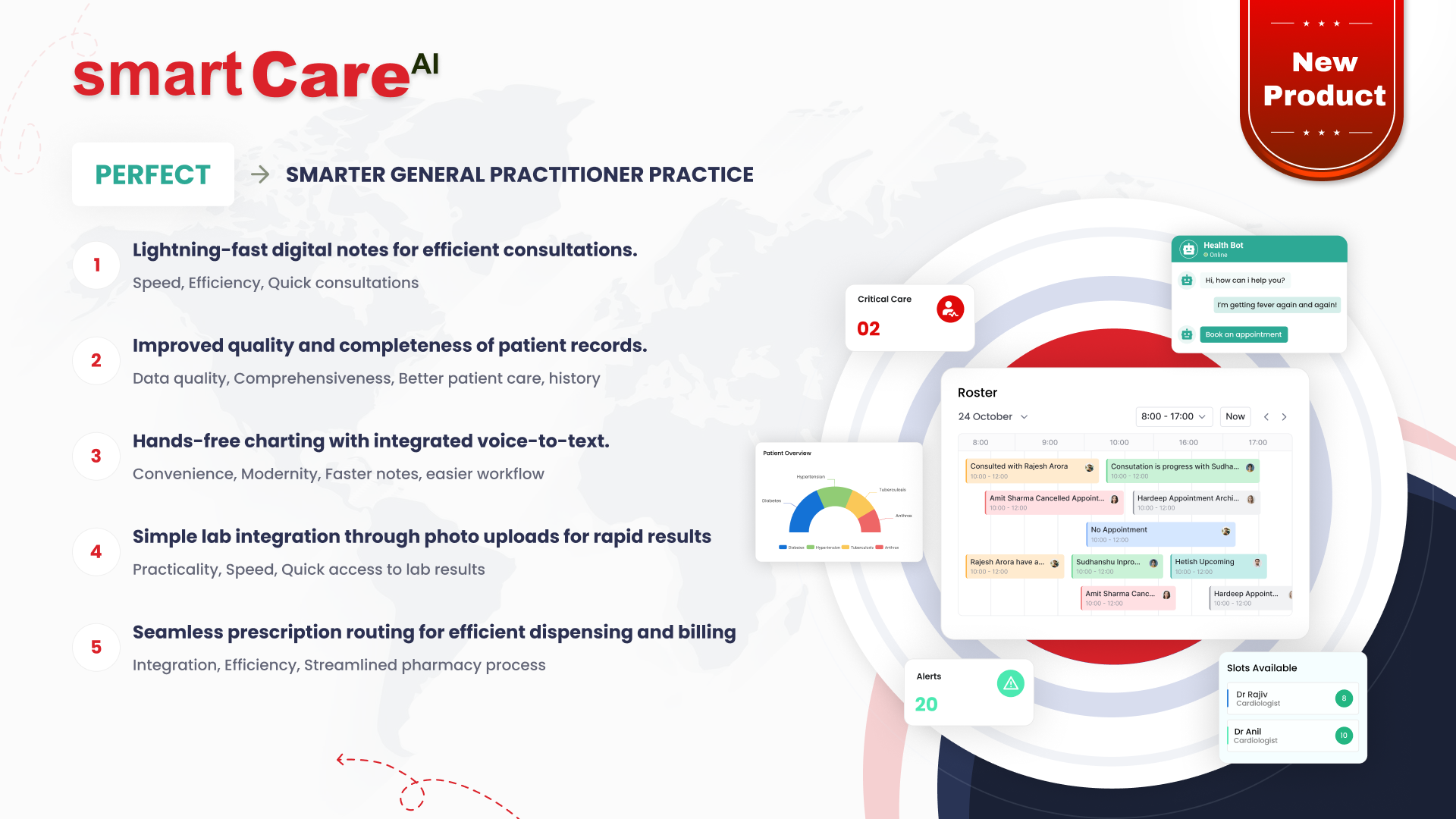Posted On October 13, 2025
Why the Next Generation of Enterprise Software Must Be AI-Native
Artificial Intelligence (AI) is today at the center of enterprise innovation, but most companies fail to scale beyond pilots. Fractured deployments, oversized expenses, and limited ROI are typical obstacles to advancement. We have seen it time and again at smartData: how AI-native design — building software with intelligence embedded — enables companies to achieve scalable, measurable improvements, which trigger clients to double, triple, or even multiple their growth compared to incremental improvements.
Breaking the Legacy Trap
Most enterprise software but the latest still sees AI as an add-on, not a building block. It typically results in stand-alone pilots that don’t scale, are wasteful in resources, and inhibit innovation. AI-native applications, on the other hand, are designed from the ground up to learn, adapt, and enhance processes, delivering tangible business value day one.
In the US healthcare market, our HEDIS pre-audit platform for a Los Angeles-based payor is a case in point. Historically, care gap reporting was isolated across various EMR systems, leading to inefficiencies and compliance risks. With the implementation of an AI-native solution, the client achieved faster care gap closures, automation of quality measure reporting, and improved population health outcomes—without expanding headcount or operations. Similarly, a Miami healthcare organization recently utilized AI-based risk prediction models implemented through smartData’s platform to enable proactive triage and high-risk patient prioritization. This AI-first design enabled the client to enhance patient outcomes and operational efficiency in tandem, delivering explicit business value.
AI-native FP&A solutions in financial services transform static spreadsheets with scenario-based, dynamic forecasting, allowing quicker decision-making and less human effort—a case of AI-native design translating to quantifiable results.
Platformization for Scalable Intelligence
Scalability is a fundamental problem for legacy software. At smartData, our smartPlatforms method takes advantage of reusable AI pods that can be used across industries and geographies. The platformization minimizes duplication, speeds up deployment, and provides regulatory compliance.
For example, RAG-based knowledge systems consolidate medical records from EMRs to offer real-time compliant responses to doctors. Similarly, LLM-powered financial assistants empower teams to deploy AI-based processes without re-modeling core models for each client. These workable AI pods allow for faster rollouts, lower costs, and consistent performance per deployment.
Driving Measurable Outcomes Globally
AI-native apps are test-free, not test-driven. Our Agentic AI applications mechanize back-office healthcare workflows—from appointment scheduling to claim verification—so medical staff can focus on patient care. Multilingual voice agents built on IVR demonstrate steady, measurable performance in new settings.
Beyond the US, reusable AI pods generate global value. AI-native applications in Canada and Australia power predictive healthcare analytics and logistics. European customers utilize cognitive AI modules for compliance and explainability, AI-native software utilized in Japan and the Middle East for automation, personalization, and smart operations.
Conclusion
The future software of businesses has to be AI-native. By inherently embedding intelligence at the core, leveraging platformized deployment, and focusing on outcome-optimized optimization, US and global organizations can move beyond legacy fetters. By utilizing Cognitive AI offerings by intelligentData—such as HEDIS analytics and risk score models, Agentic AI automation, RAG-based platforms, and LLM-enabled assistants—businesses can innovate at pace, scale in a cost-effective way, and establish resilient value across geographies and industries.








